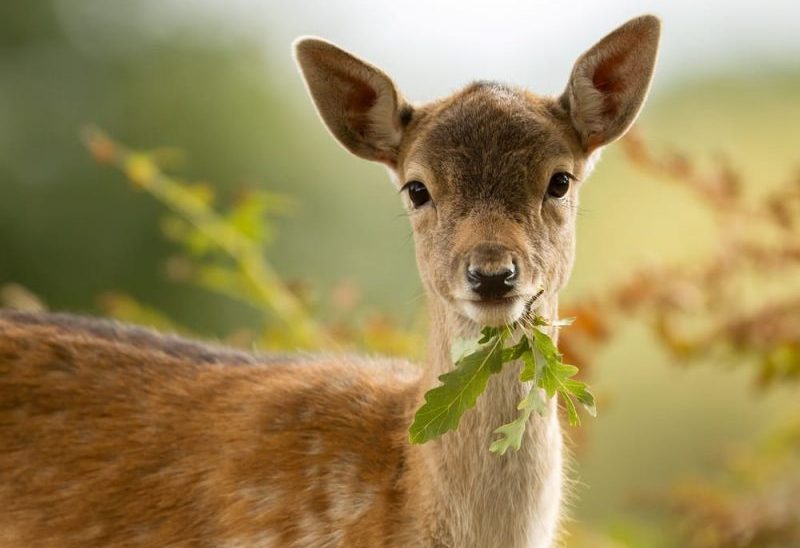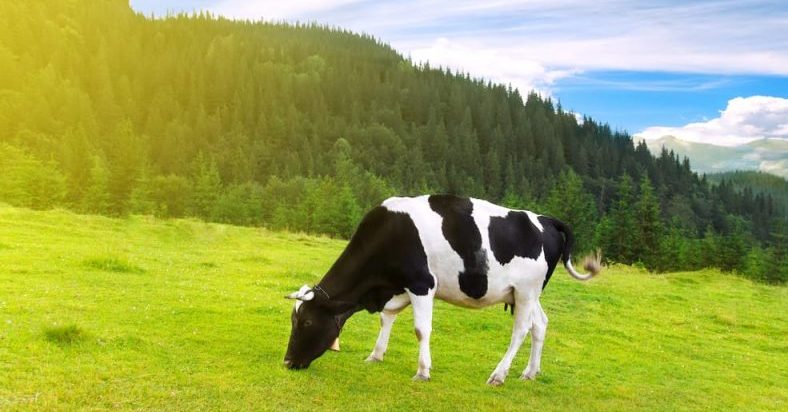The ruminants are those mammals that feed on plants, lack incisor teeth in the upper jaw and have a stomach made up of four cavities (that is why they are also called polygastric). For instance: bull, cow, goat.
The designation of ruminants is given because their feeding process It consists of swallowing the grass as quickly as possible, and then guarding against its predators to begin quietly ruminating the grass.

- Vertebrate animals
- Invertebrate animals
Examples of ruminant animals
| Cow | bull | Sheep |
| I raised | Goat | Call |
| Zebu | Kaffir buffalo | Common deer |
| Nilgó | Four horned antelope | Common fallow deer |
| Sitatunga | Niala | Pompadour deer |
| Mountain anoa | Bongo drum | Irish moose |
| Wildebeest | Venado tezate | Sambar |
| Gayal | Steppe bison | Swine deer |
| Swamp deer | Water buffalo | Grant’s Gazelle |
| Roe deer | Hieroglyphic antelope | Candelillo |
| Andean deer | American bison | Corzuela |
| Vicuña | European bison | Oryx |
| Urial | Deer of the Pampas | Uapiti |
| Plain anoa | Reindeer | Apaca |
| Alpine ibex | Axis deer | Impala |
Feeding mechanism
The act of rumination It is a regurgitation of food to be able to rematch it. The process begins with the first intake of the grass where it is cut but not well crushed, it passes into the belly: due to the peristaltic contractions that occur there, it returns to the mouth to be chewed and salted, forming the food bolus.
Then it returns to the curdling where the gastric juices actuate, continuing through the intestine where digestion takes place, and then incorporation into the general circulation.
Ruminants belong to a special category of herbivorous mammals which includes some well-known animals, and their rumination process allows them to take advantage of the structural carbohydrates present in plants, such as cellulose, hemicellulose and pectin. This provides them with an additional source of energy.

The “four stomachs”
The rumination process is made possible because the stomach is divided into four cavities. In this way, it can be said that ruminants have:
- Rumen. Rough and ovoid organ, where short chain fatty acids are assimilated.
- Reticle. Pyramid-shaped, the place where food particles move into the rumen.
- Omaso. Small chamber that separates the solid material, intervenes in the extraction of liquids contained in the intake and allows the recycling of minerals.
- Abomasum. Long sac that is on the floor of the abdomen, secreting gastric juices and absorbing microorganisms.
The polygastric structure Of these animals came precisely because of the exposure to hunters (faster or stronger than them) that they had many times, to the extent that the feeding process was long and slow because the grass does not provide great nutrients.
The rumination process it served to enable these animals to go out to the large and clear meadows where they were exposed to hunters and eat in a hurry everything they could in large quantities, to later hide among trees and bushes, where they could begin their digestion process.
To complement this process is that the stomach was divided, improving food from the microorganisms found in each of the cavities.
